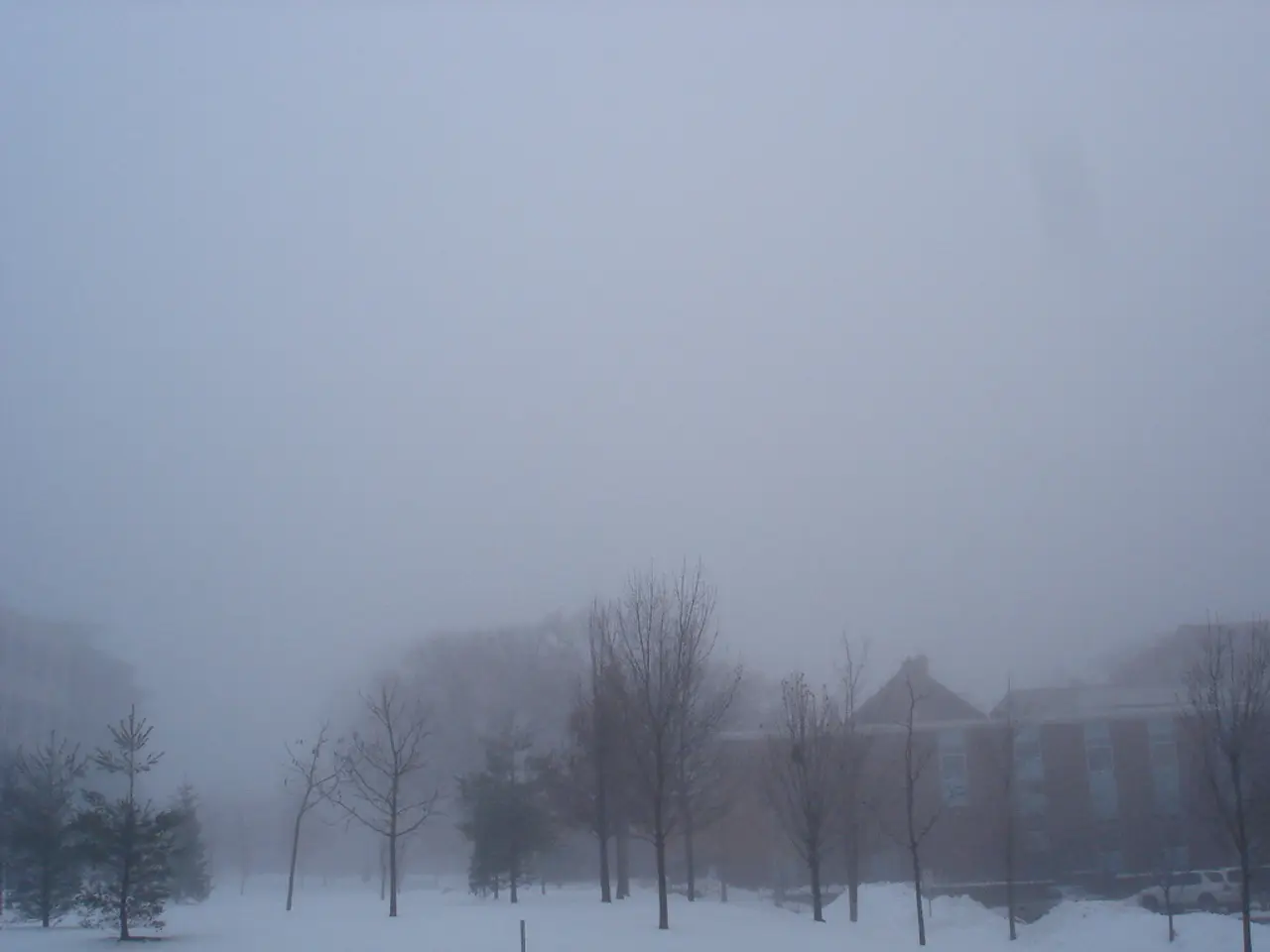A Hot, Rainy, and Muddy Description of July in the Northwest - Scorching temperatures, heavy rainfall, and overcast skies characterize July in the northwest
In July 2025, the German Weather Service (DWD) reported an unusual weather pattern across several regions of Germany, including Lower Saxony, Bremen, and Hamburg. The month was marked by above-average warmth and increased precipitation, making it too warm and too wet overall despite some late-month temperature drops.
The weather in Hamburg was significantly gloomier compared to other regions in Germany. The city experienced the least amount of sunshine hours in July, with only 157 hours compared to the long-term average. Bremen followed closely behind with 168 hours, a slightly better but still low amount compared to other states. Schleswig-Holstein also had a low amount of sunshine, although the exact number of hours was not specified.
The weather conditions in Lower Saxony and Bremen were also unusually unfavorable for sunshine. The state of Lower Saxony had an average temperature of 18.4 degrees Celsius, 1.7 degrees above the long-term average, and experienced 93 liters per square meter of rainfall, over a quarter more than the long-term average. Bremen had 102 liters per square meter of rainfall, over a third above the long-term average.
The DWD described the July weather in Lower Saxony as too warm, too wet, and too gloomy. The state ranked second-to-last among German states in terms of sunshine hours, with 167 hours.
Elsewhere in Germany, the month saw a heatwave with temperatures reaching highs that approached or exceeded 40°C in parts of the country. For example, Kitzingen in Bavaria recorded 37.8°C early in July, with expectations of localized peaks around 40°C. Hamburg and other northern regions also experienced comparatively warm conditions.
The southwest, including regions near Baden-Württemberg, experienced somewhat cooler but wetter weather, while northern areas like Hamburg also faced notable rainfall. Despite this, the weather conditions in the Northwest were notably gloomier compared to other regions in Germany.
Preliminary results from the German Weather Service suggest that July in the Northwest was particularly gloomy, with the number of sunshine hours in July in Bremen, Hamburg, and Lower Saxony all below their respective state averages. Such a combination of heat and heavy rainfall is consistent with ongoing climate trends observed by the DWD, reflecting more extreme and variable summer weather conditions across Germany.
The Commission has also been consulted on the draft directive on the protection of the environment, considering the impact of the unusual weather pattern and climate-change on ecosystems. The unusual weather pattern, marked by above-average warmth, increased precipitation, and reduced sunshine hours, could potentially disrupt environmental-science studies, especially in regions like Bremen, Hamburg, and Lower Saxony, where the weather conditions were notably gloomier.








